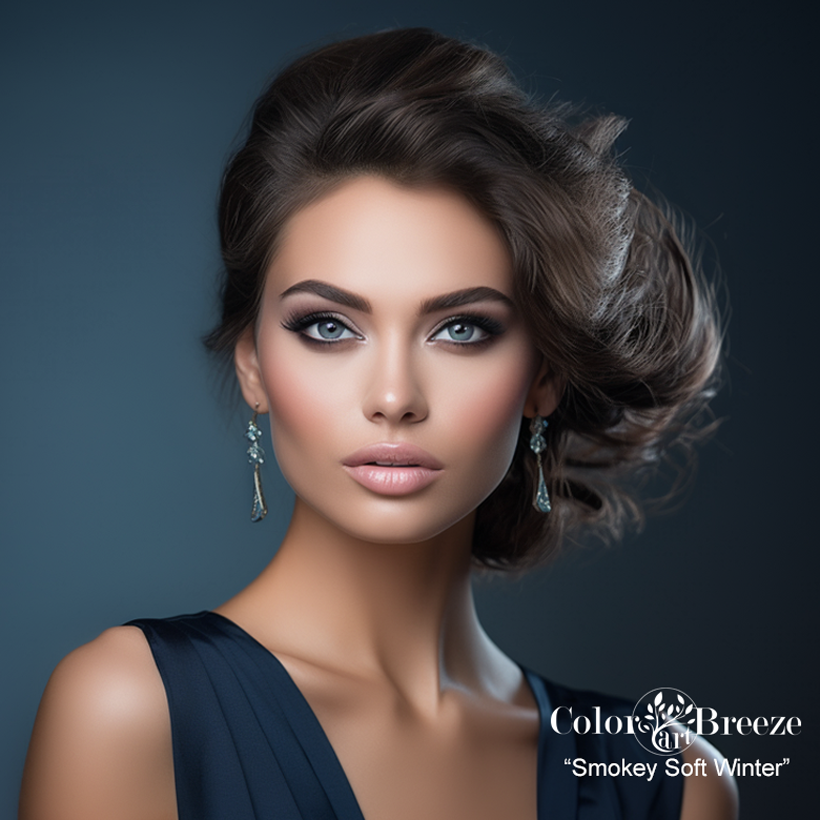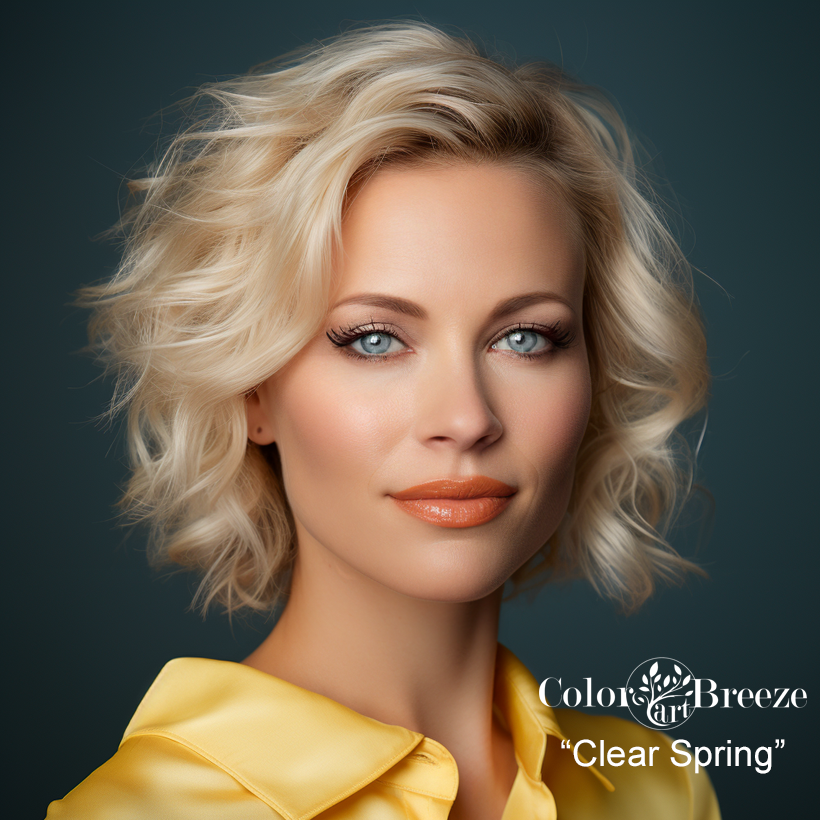Hair Color in Color Analysis
Your natural hair color is an important factor in determining your personal color season.
I emphasize “natural” because it doesn’t matter what color it is if it’s been artificially enhanced; coloring your hair doesn’t change your true season, though it can definitely alter your perceived season to others.
It can push you into another season, sometimes successfully and sometimes not. Sometimes it can be totally wrong.
If you’ve been coloring your hair so long you can’t even remember what the natural hair color is, try to remember what the color was when you were around 6-13 years old and use that.
Back to what role hair plays in a color analysis, although there are always exceptions, the hair color examples below are indicative of certain seasons. Keep them in mind when you do your color detective work.
As with any color, the three characteristics of chroma, value, and temperature will be at play in hair color.
Blonde Hair Color
By its very nature, blondes are light. Yes, there are 'dark blondes' but they are still lighter than brunettes. Because they are light in value, you will find them most with Springs, many Summers, some Autumns and NO Winters. Despite what you may read on other websites, there are no natural blonde Winters.
Looking for warmth is key in analyzing hair. Cool blonde hair can range from champagne, ash, cool beige, to white blonde. Cool blondes are found mainly in the Light Summers and the Soft Summers.
To makes things tricky, you can sometimes find this coloring in Springs and even lighter Autumns who have either cooled down as they aged or are simply blended with a cool season. One example is the Dusty Soft Spring, which flows into Summer.
Warm blondes are mainly found in Springs and Autumns. But there is often some natural warmth, usually in highlights, in Sunlit and Toasted Summers.
Brunette Hair Color
Brunettes have a range of values, rom light brown to almost black. Some call light brunettes "dark blonde". Regardless of the term, it usually refers to brown hair.
The model above is what I consider light brown. Color like this can be found in many of the mid-ranged seasons like Summers and Autumns, of course some blondes hair gets darker as they get older and this color can be found in those that do not color or highlight it.
The cool shade on the left is actually what some call "mousey", especially on those warm seasons who warmth is fading. But as you can see, on a cool season, this neutral shade is quite lovely. Unfortunately, hairdressers are notorious for wanting to "warm up" people's hair, regardless of their need for it. Blending in some cool-to-neutral highlights are best for cool seasons.
The image on the right illustrates the warmth commonly found in the lighter brown-haired seasons like the Soft Autumns. Again, for a season that is blended, this particular look, which has elements of both warma and cool highlights blended together is great for those blended seasons like the Smokey and Dusty Soft Autumns. For blended Summers like Sunlit and Toasted Summers, tone down the warm just a little and and it will provide just that touch of warmth those seasons need.
All the advice in the previous photo goes for the darker brunettes. Look for signs of warmth and how much is present. When you do see some warmth, that is when you check out the eyes and skin next, to see which is dominating the overall look.
The photo on the left above is typical in the deeper Soft Summers. Sometimes you will find it in Autumns whose warthm has really faded. See if there is still enough warmth in their skin and eyes to keep them in the Autumn category. Of course, its important to know if they plan on coloring their hair as well, because that will definitely keep them in the Autumn category.
The photo on the right above is typical in many of the deeper soft Autumns. Similarly, the color can be found in the deeper soft summer who has blended temperatures, called the Toasted Soft Summer, and even some Toasted Soft Winters.
Redheads
If one was born a true redhead, I like to call them 'flaming redheads', that person is going to be a Spring or Autumn. Period.
There are no redheaded Winters or Summers. I don't care what you may read in other websites. Flaming red hair is screaming that they are warm, regardless of whether the eyes are blue (blue eyes can be found in nearly every season), dark brown (probably a Deep Autumn or deeper Soft Autumn) or a mixture of eye colors.
Value is important with redheads, as is chroma, too. Typically, and of course there are exceptions to every 'rule', lighter redheads are often Warm Springs or any of the all-warm Springs like Sunlit Clear, Sunlit Light (the new ones in the ColorBreeze Complete System), the Sunlit Soft or the traditional Warm Spring.
Darker redheads are usually found in the Autumn sub-seasons. Deep Autumns and especially the Hot Deep Autumns very often have deep auburn hair color.
Black Hair Color
Naturally black hair is indicative of Winters and women of color. A Caucasian person with black hair with almost always be a Winter. Her eye color will determine her Winter sub-season.
If a caucasian person has naturally black hair, they will NOT be a Spring. There are exception for women of color but its not very common.
Women of color with typically black hair can be an Autumn (usually a Deep Autumn or even Hot Deep Autumn) if their skin is warm enough, and there is a need for muted instead of bright colors. Usually this warm skin is pretty obvious. Sometimes it isn't. This is where testing colors will be crucial.
Note: altering one's hair color can effect their perceived season. I wouldn't go so far as to say it actually changes their season, but visually it might. Read more about this topic in my blog post about Hair Color in Color Analysis.
Go to Eye Color page
Go back Home








